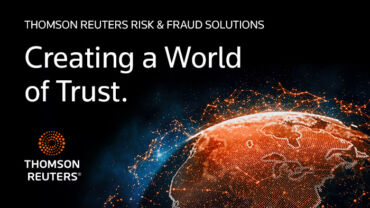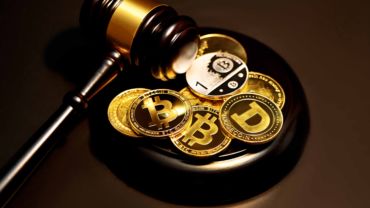In a new podcast, we discuss digital assets and their growing acceptance as part of the traditional financial infrastructure around the world
For the last few weeks, every news outlet has had some coverage of cryptocurrency from a different angle — from digital coins collapsing and investors losing money to a myriad of regulatory questions, the world is buzzing around the topic of digital assets, how they work, and most importantly, whether they can be trusted as a part of the global economy.
That’s why it’s crucial to separate fact from fiction.
In the latest Thomson Reuters Institute Insights podcast, available on the Thomson Reuters Institute channel, we speak with Gabriel Hidalgo of FTI Consulting and Teresa Anaya of Archblock about digital assets, how they act within their own ecosystem, and how that compares to and interacts with the traditional economy.
As the podcast explains, it can be a little overwhelming to try to understand native currency, tokens, stablecoins, decentralized finance (DeFi) and a US Central Bank Digital Currency (CBDC), especially if what you’re hearing sounds like a sales pitch or a scam. During this podcast, we break them down and explain how many of these concepts work and the truth behind the names, in an unbiased look at the digital asset and cryptocurrency industry.
From digital coins collapsing and investors losing money to a myriad of regulatory questions, the world is buzzing around the topic of digital assets, how they work, and most importantly, whether they can be trusted as a part of the global economy.
In the last month, the crypto exchange FTX has fallen from grace at top speed in a very public way. We have also seen celebrities, like Kim Kardashian, fined for endorsing a digital token, Ethereum Max, improperly; and Binance, another crypto exchange, ran afoul of regulators in the US and the United Kingdom.
Yet, cryptocurrencies and tokens are just two individual types of digital assets; and from native currencies to stablecoins, there is a full ecosystem that should be understood as the world moves toward including digital currency, and its infrastructure, into the larger economy. This isn’t to say that you should convert all your money into digital assets tomorrow, but it would be smart to be well-versed in this area as it evolves.
In speaking to Hidalgo and Anaya — two experts both with years of experience in the digital assets space — we get walked through their insights on the basics of digital assets and its related infrastructure. This walk is not intended as financial advice, of course, but the clarity will be important.
Indeed, as the podcast makes clear, there is no crystal ball that can tell you what to invest in or when; and there is no full certainty on what direction governments will go in legitimizing the new digital asset ecosystem. What we can be provided, however, is a crucial roadmap to understanding what is true and what may be “too good to be true” in the world of digital assets.
You can access the latest Thomson Reuters Institute Insights podcast, featuring a discussion about the digital asset ecosystem, here.







